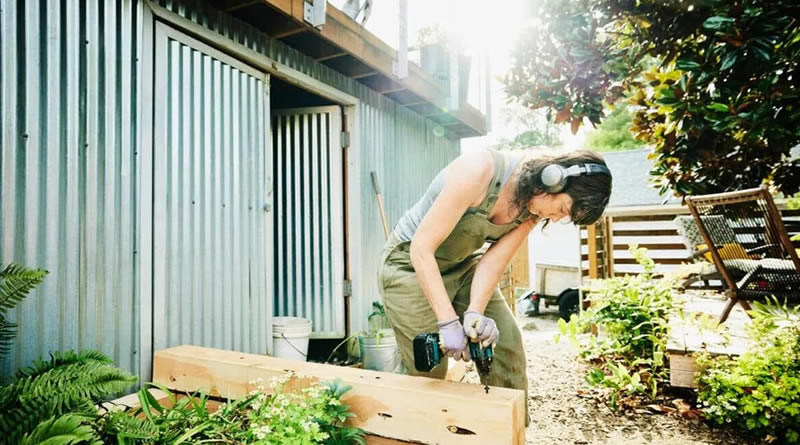Ensuring Sustainability in Home Improvement Projects
Home improvement projects offer an opportunity not only to enhance the functionality and aesthetics of our living spaces but also to contribute to a more sustainable future. By incorporating eco-friendly practices and materials into our renovations, we can minimize our environmental footprint and create healthier homes. In this article, we will explore various ways to promote sustainability during the home improvement process, providing you with valuable insights on how to make your projects both environmentally conscious and enjoyable.
1. Energy Efficiency Upgrades
One of the most effective ways to ensure sustainability in home improvement projects is by prioritizing energy efficiency upgrades. By making conscious choices to reduce energy consumption, we can lower our carbon emissions and contribute to energy conservation. Consider installing energy-efficient appliances, LED lighting, programmable thermostats, and double-glazed windows. Proper insulation and sealing of air leaks are also essential to prevent energy waste and maintain a comfortable indoor environment.
2. Water Conservation Measures
Water scarcity is a global concern, and our homes can play a significant role in conserving this precious resource. Incorporate water-saving measures into your home improvement projects, such as installing low-flow faucets, showerheads, and toilets. Consider landscaping with drought-tolerant plants and implementing rainwater harvesting systems for irrigation purposes. By reducing water usage, we can contribute to sustainability efforts and protect our water resources for future generations.
3. Sustainable Materials
Choosing sustainable materials is another vital aspect of promoting sustainability in home improvement projects. Opt for eco-friendly alternatives whenever possible, such as reclaimed wood, bamboo flooring, recycled glass countertops, or natural fiber insulation. Look for products with certifications like Forest Stewardship Council (FSC) for wood or Cradle to Cradle (C2C) for overall sustainability. By using materials with minimal environmental impact, we can create healthier indoor environments and support responsible resource management.
4. Waste Management and Recycling
Proper waste management and recycling are crucial components of sustainable home improvement. Plan ahead to minimize construction and demolition waste by salvaging reusable materials and recycling debris. Consider donating unwanted items to local charities or repurposing them creatively within your project. Implement a recycling system for ongoing waste management in your household. By reducing waste and maximizing recycling efforts, we can divert materials from landfills and conserve valuable resources.
In conclusion, embracing sustainability in home improvement projects is both an ethical and practical choice. Energy efficiency upgrades, water conservation measures, the use of sustainable materials, and responsible waste management are key elements to consider. By incorporating these practices into our renovations, we can contribute to a more sustainable future while enjoying the benefits of a comfortable and eco-friendly home. Let’s make sustainable choices and inspire others to follow suit, one improvement project at a time.
Please note that this article provides informative insights and does not offer specific advice. Sustainability practices may vary depending on your location, project scope, and individual circumstances. Always research and consult with professionals for guidance tailored to your specific needs.




